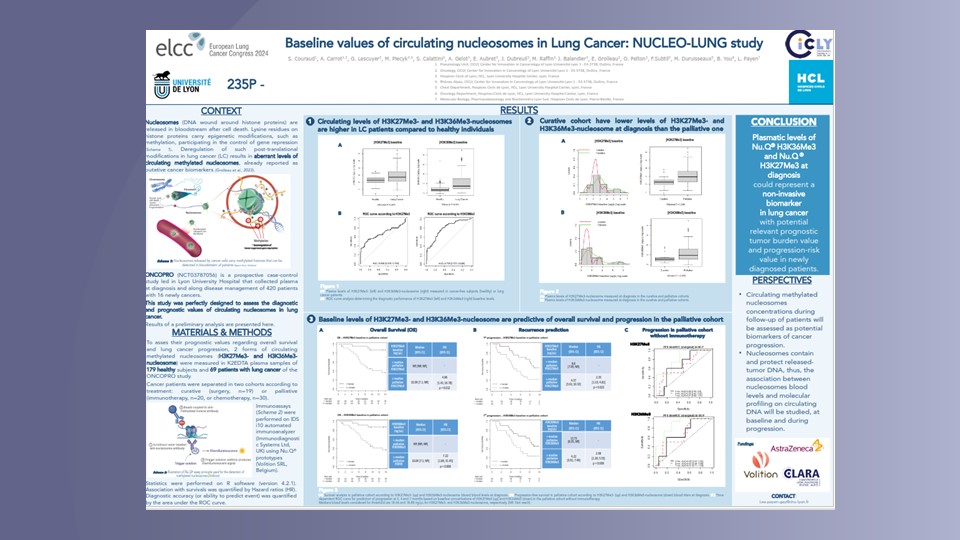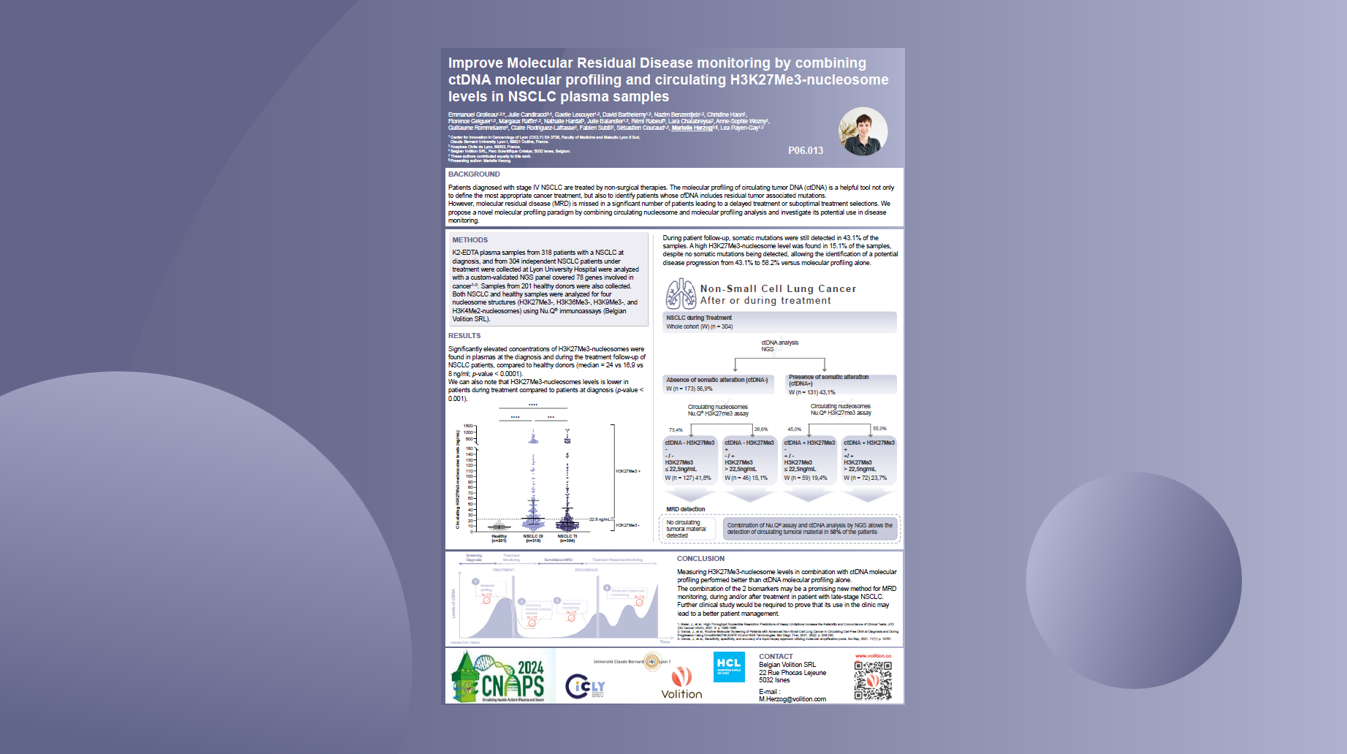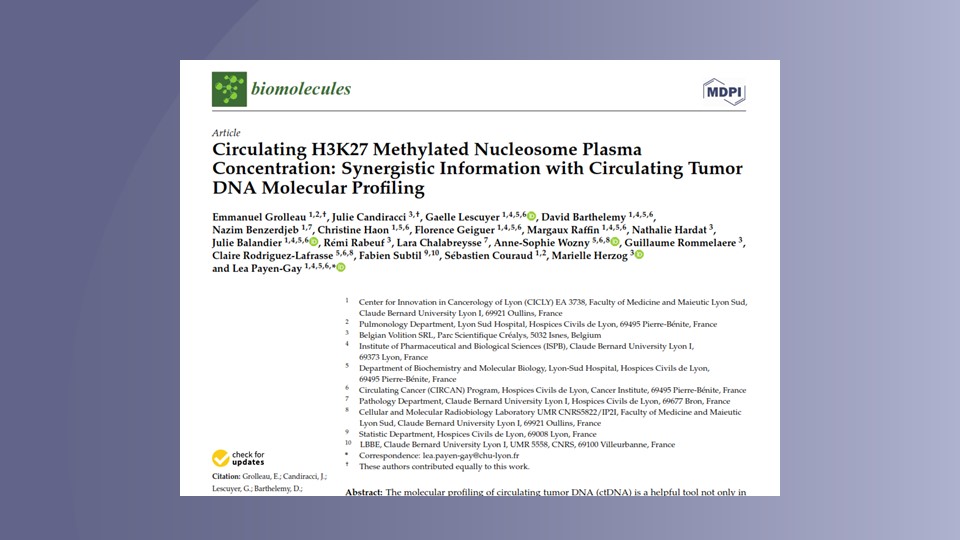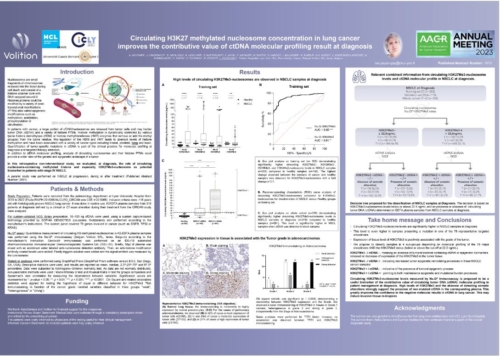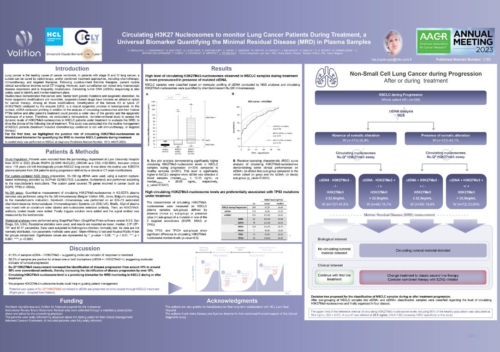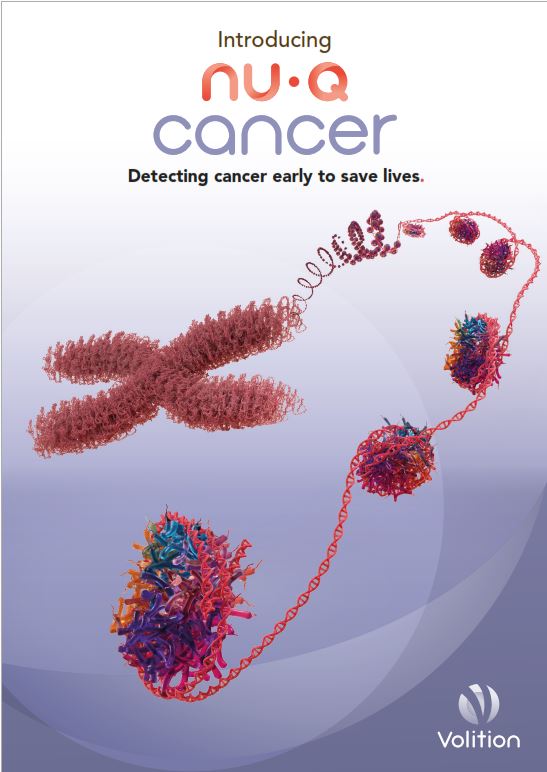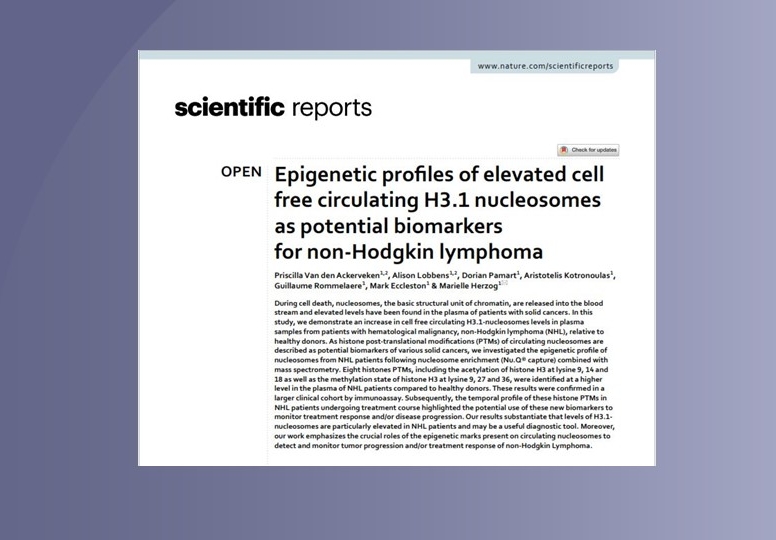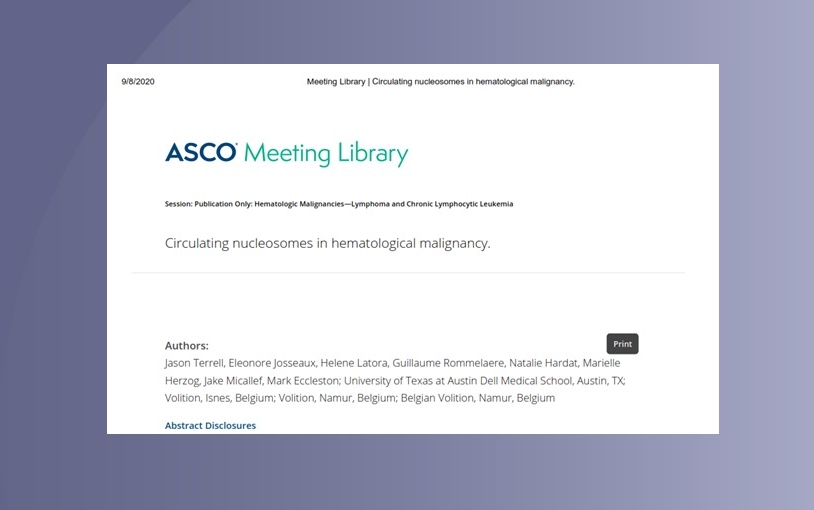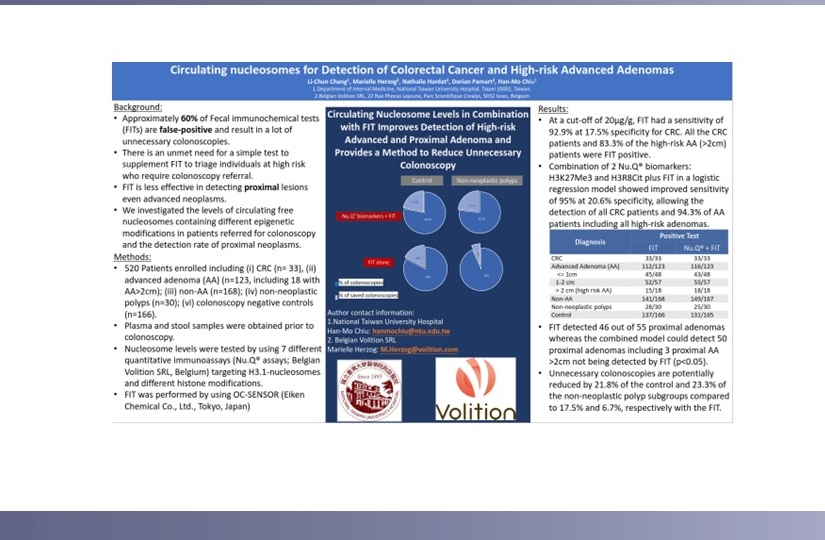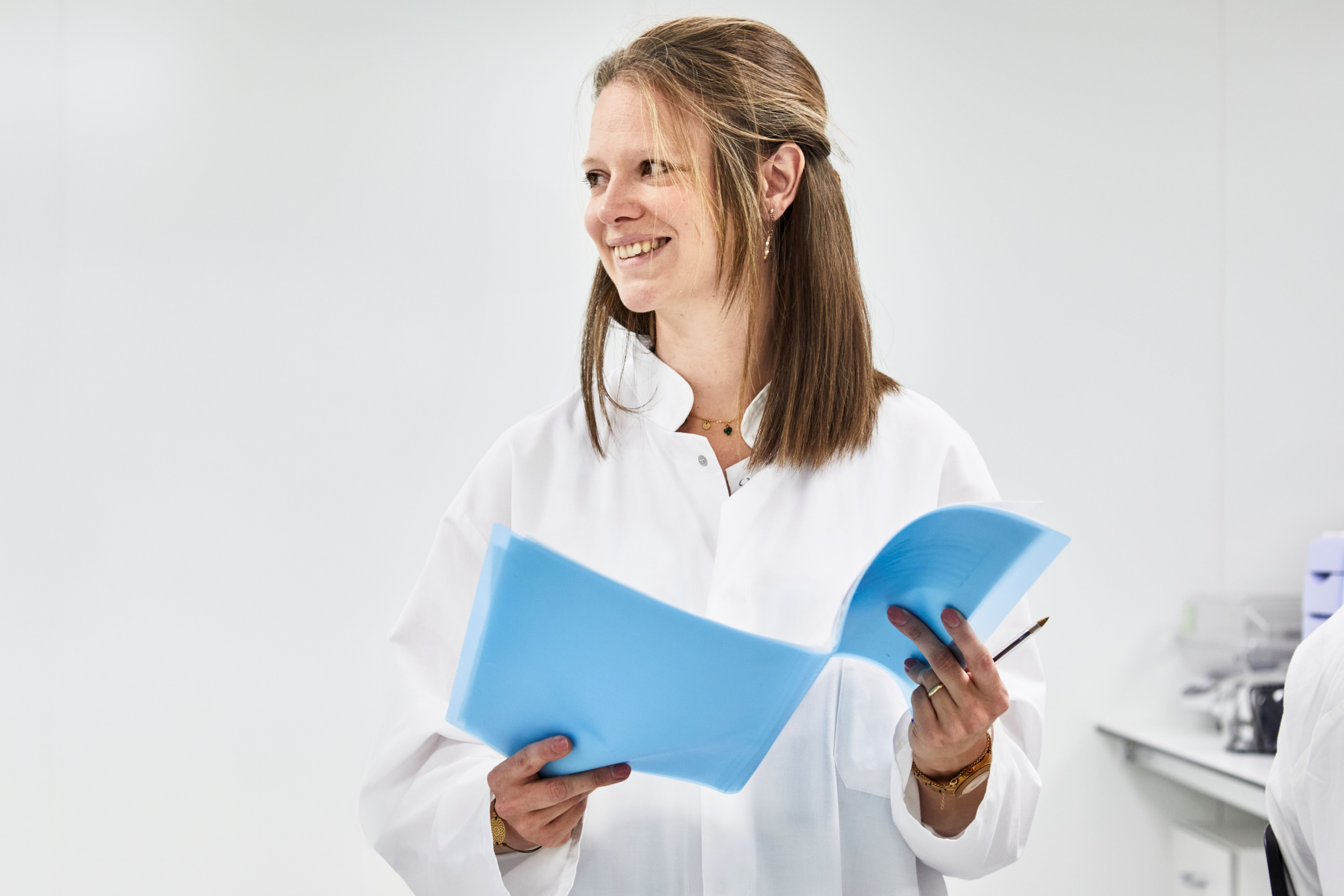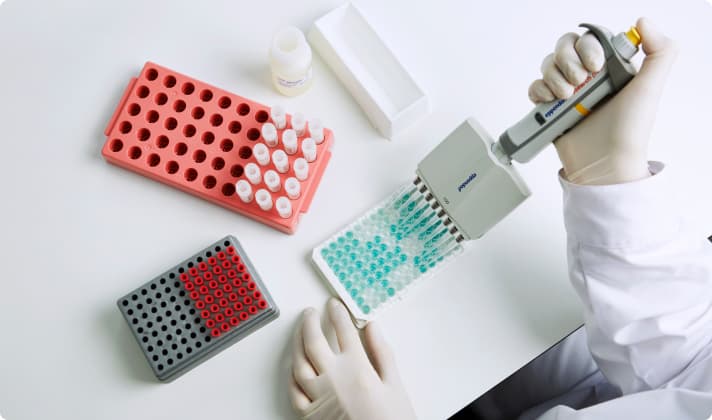-
Nu.Q® Technology
Our technology detects characteristic epigenetic changes in nucleosomes that occur from the earliest stages of cancer, sepsis and other diseases.
-
- Our Tests
- Human Health
-
Nu.Q® NETs
Nu.Q® NETs is a groundbreaking CE-marked diagnostic solution that clinicians can use to detect NETosis.
-
Nu.Q® Discover
Buy our Nu.Q® Discover H3.1 Research Use Only Assay
- Animal Health
-
Nu.Q® Vet Cancer Test
Nu.Q® Vet Cancer Test detects 76% of systemic cancers at 97% specificity.
Disease areas
Cancer
We are working on epigenetic solutions to help detect, guide treatment, and monitor cancer.


Cancer
Cancer is a devastating disease that touches many peoples’ lives, accounting for approximately 10 million deaths worldwide each year.
Overview of Cancer
Cancer is the second leading cause of death globally and exerts an enormous burden on families, communities, and health systems. Survival rates are improving in countries with strong health systems, thanks to advances in cancer detection and treatment. However, access to timely diagnostics and therapies remains limited for cancer patients in low and middle-income countries.
-
- Lung cancer is the leading cause of cancer-related deaths worldwide.
- Lung cancer causes 1.8 million deaths each year.
- The most common types of lung cancer are non-small cell carcinoma and small cell carcinoma.
- Screening high-risk individuals could dramatically improve survival rates.
-
- Ovarian cancer is the 8th most common cancer in women worldwide.
- There are approximately 300k ovarian cancer cases and 200k deaths each year.
- There is no ovarian screening exam to detect it in its earliest stages.
- Ovarian cancers are often advanced at diagnosis.
-
- Non-Hodgkin Lymphoma is a type of cancer that forms in the lymph system.
- There are approximately 545k new cases and 260k deaths each year.
- Survival rates are improving in high-income countries but remain variable globally.
- Non-Hodgkin Lymphoma in the elderly represents a substantial disease burden.



While there have been welcome advances in early cancer detection of some cancers through screening, such as lung cancer, methods such as Low Dose Computed Tomography have a high level of false positives, resulting in the need for a follow-up biopsy. Biopsies are commonly used to detect cancer but are invasive, time-consuming, and expensive.
Medical imaging is the current standard for disease and treatment monitoring, but some scanning methods can be costly, time-consuming and low in sensitivity. Similarly, Next Generation Sequencing is used for treatment selection and monitoring, but can also be a lengthy, expensive and complex process.
We are currently investigating the potential use of Nu.Q® assays in a range of cancers and clinical settings.
Research
Read our latest research papers and developments with Nu.Q® Cancer.
Our Nu.Q® Cancer pillar encapsulates a range of simple, cost-effective blood-based assays for cancer, utilizing our patented Nucleosomics™ technology which isolates circulating nucleosomes from the blood for quantification and analysis.
Nu.Q® Cancer can detect characteristic epigenetic changes in nucleosomes that occur from the earliest stages of cancer and has potential applications beyond cancer detection. Being able to use epigenetic information from the nucleosomes of tumor cells could help physicians predict treatment response for each patient, monitor treatment response and disease progression, and take action as soon as possible if changes need to be made.
Nu.Q® Cancer could also play a pivotal role in Minimal Residual Disease Monitoring – to quantify and monitor the small number of cancer cells left in the body after cancer treatment, which have the potential to cause relapse.
In addition, we have developed a novel method for liquid biopsy involving the first reported physical isolation of a class of tumor-derived ctDNA fragments from blood. Our breakthrough method obviates expensive, time-consuming DNA sequencing and bioinformatics – allowing for rapid, cost-effective detection in a routine blood test.


Brochure & Clinical Papers
Next steps
Talk to a specialist.
Please contact our expert team for further information.
